Perched high in the Bavarian Alps, Neuschwanstein Castle stands as a breathtaking testament to the romantic visions of King Ludwig II. This fairy-tale fortress, with its towering spires and dramatic mountain backdrop, has captivated millions of visitors since it was opened to the public shortly after the king’s mysterious death in 1886. More than just a tourist attraction, Neuschwanstein embodies the intersection of art, architecture, and the turbulent history of 19th-century Bavaria.
The castle’s origins are as fascinating as its appearance. Ludwig II, often called the "Fairy-Tale King," commissioned the palace as a personal retreat and homage to the operatic works of Richard Wagner. Construction began in 1869, but the king would live in its unfinished halls for only a handful of years before his deposition and untimely demise. The castle was never fully completed, yet its partial realization has become one of Germany’s most iconic landmarks.
Neuschwanstein’s design is a masterful blend of medieval inspiration and 19th-century innovation. The exterior draws heavily from Romanesque and Gothic styles, with pointed arches, intricate stonework, and a commanding presence atop a rugged hill. Inside, however, the castle reveals Ludwig’s modern sensibilities—central heating, running water, and even an early telephone system were installed. The Throne Room, though never used for its intended purpose, dazzles with Byzantine mosaics and a vaulted ceiling meant to evoke the heavens.
One cannot discuss Neuschwanstein without acknowledging its cultural impact. The castle’s silhouette famously inspired Walt Disney’s Sleeping Beauty Castle, cementing its status as the archetypal fairy-tale palace. Yet beyond its pop-culture fame, the site remains a deeply personal monument to Ludwig’s eccentricities. Murals depicting Wagnerian legends cover the walls, and hidden grottoes reflect the king’s love for theatricality. This intimate connection between builder and building makes Neuschwanstein feel less like a state project and more like a diary written in stone.
The surrounding landscape plays an equally vital role in the castle’s allure. The Alpine foothills provide a cinematic panorama, with Lake Alpsee shimmering below and hiking trails weaving through dense forests. Visitors often pause at Marienbrücke (Mary’s Bridge), a narrow span over a plunging gorge, to photograph the castle’s most iconic angle. In winter, snow transforms the scene into something even more magical, as if the entire mountain has stepped out of a storybook.
Despite its idyllic appearance, Neuschwanstein’s history carries shadows. Ludwig’s extravagant spending on the project contributed to his political downfall, and the castle became public property just weeks after his death under suspicious circumstances. During World War II, the Nazis used its remote location to store looted art, adding another layer of irony to a palace built as an escape from reality. Today, preservation efforts balance the need to protect the fragile structure with accommodating over 1.5 million annual visitors.
What continues to draw crowds, beyond the Instagram-perfect vistas, is the enduring mystery of Ludwig II himself. Was he a visionary patron of the arts or a deluded monarch bankrupting his kingdom? Neuschwanstein offers no easy answers, but walking its halls—past unfinished chambers and beneath candlelit chandeliers—one senses the king’s desperate attempt to build a world where beauty triumphed over pragmatism. The castle stands not as a relic, but as a question: What price do we pay for dreams made tangible?
Practical considerations for modern travelers include timed tickets (essential during peak seasons) and the steep climb from the village of Hohenschwangau. Guided tours reveal details often missed, like the artificial cave beside the conservatory or the swan motifs honoring Ludwig’s heraldic animal. For those willing to linger, lesser-known viewpoints along the Tegelberg trail reward with quieter moments of reflection.
Neuschwanstein endures because it transcends its origins. It is at once a postcard cliché and a deeply human creation—flawed, extravagant, and utterly unforgettable. As morning fog curls around its turrets or sunset gilds its limestone façades, the castle seems less a building than a living thing, whispering tales of madness, artistry, and the eternal hunger for wonder.
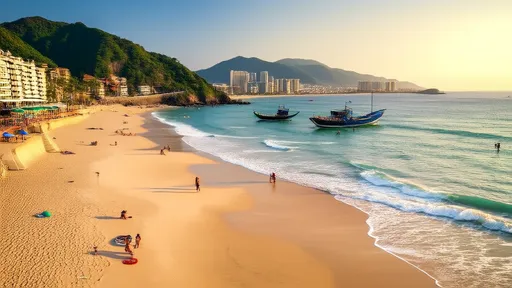
By /Jun 9, 2025
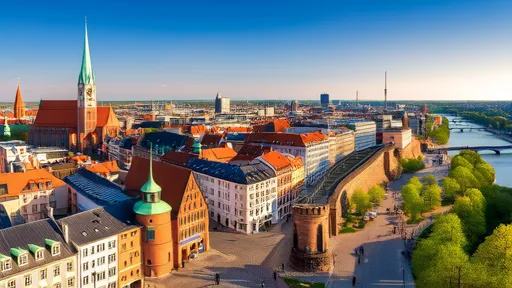
By /Jun 9, 2025
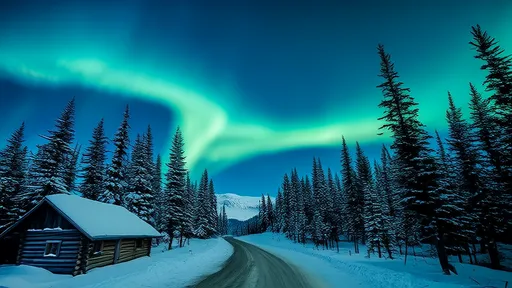
By /Jun 9, 2025
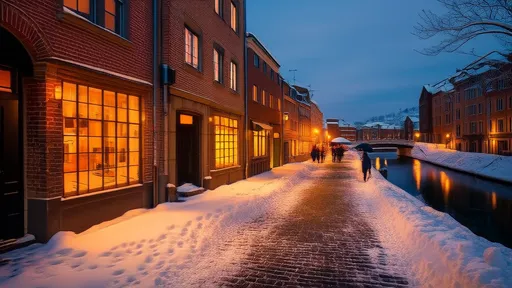
By /Jun 9, 2025
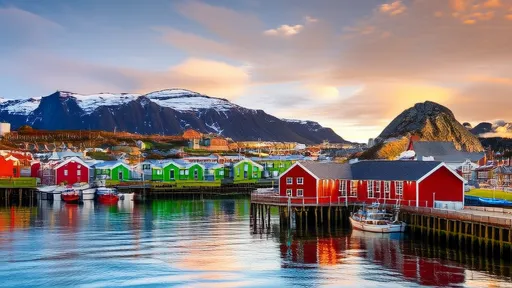
By /Jun 9, 2025
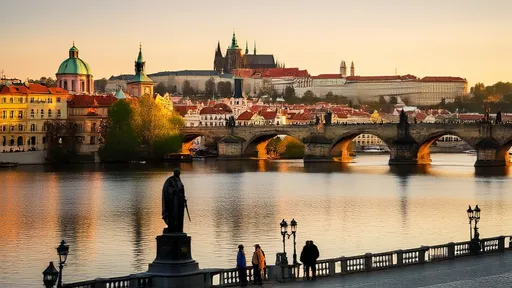
By /Jun 9, 2025
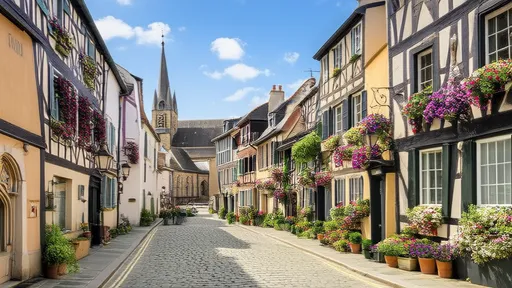
By /Jun 9, 2025
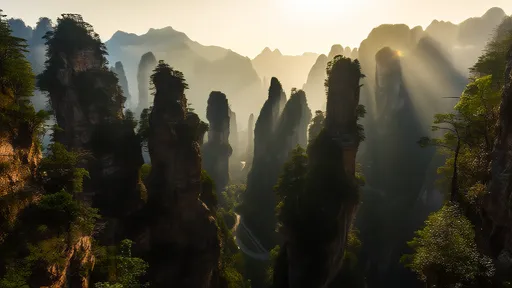
By /Jun 9, 2025
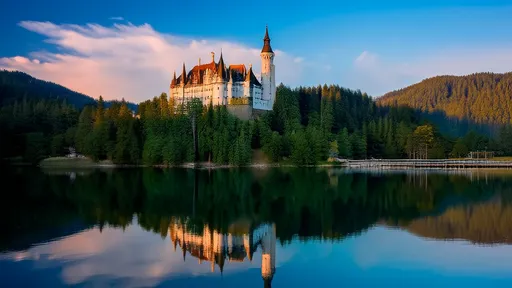
By /Jun 9, 2025
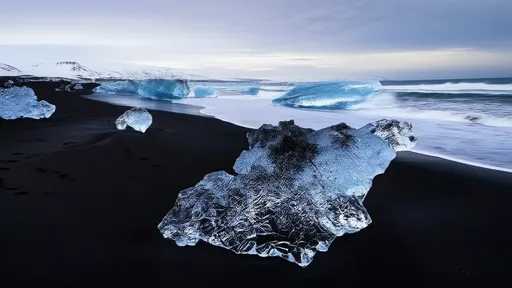
By /Jun 9, 2025
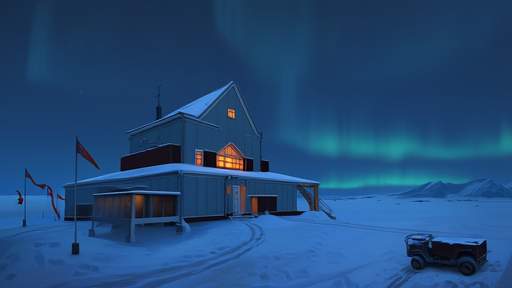
By /Jun 5, 2025
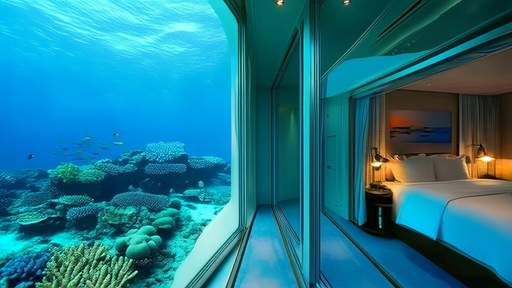
By /Jun 5, 2025
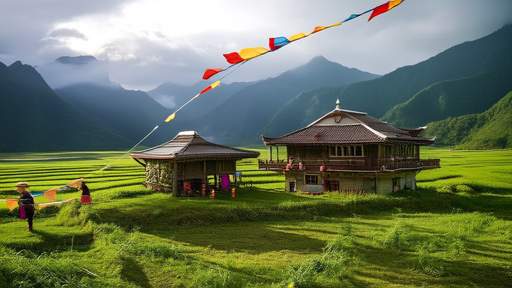
By /Jun 5, 2025
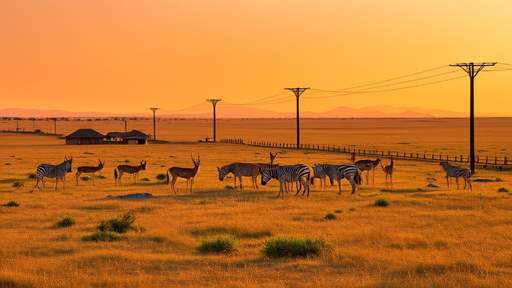
By /Jun 5, 2025
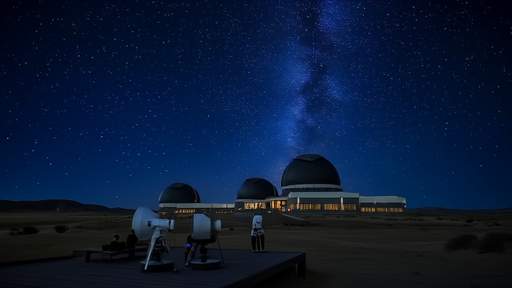
By /Jun 5, 2025
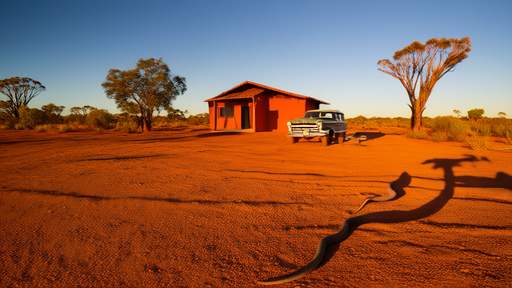
By /Jun 5, 2025
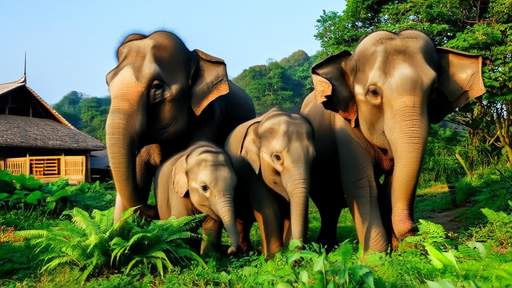
By /Jun 5, 2025

By /Jun 5, 2025
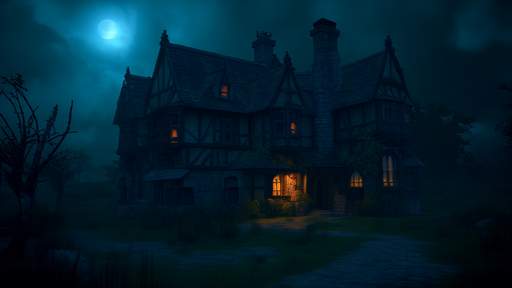
By /Jun 5, 2025